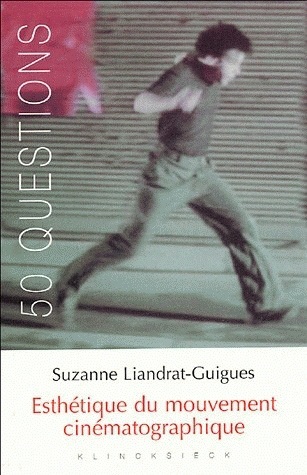This book is an account of the origin and path followed by the film movement. It began with a typical 19th-century feat of imagination which heralded the advent of the mechanical reproduction of images (cinematography). The author delves into the practices and inventions — as well as theories — that had an impact on the birth of the « Seventh Art ». Cinematography's pioneers bore such names as Benjamin, Warburg, Baudelaire, Nadar, Rodin and Nijinsky, whose artistic backgrounds were as diverse as those found in the fields of writing, dance and sculpture.
The path consists of demonstrating that this sense of the imaginary can be seen throughout the 20th century, not only in the works of Duchamp and Giacometti, but also in those of Proust and Breton, and gave rise to an experimental, poetic and fictional cinematographic movement based on a walking figure. From the man featured in Marey's chronophotographic works to Denis Lavant's race in the film directed by Leos Carax through neorealism and on to the modern cinematographic works of an Alain Resnais, a Jean-Luc Godard or an Agnès Varda — we are witnessing different aspects of the very same movement.
Suzanne Liandrat-Guigues, who teaches film studies at Université de Lille III, has published several works on Visconti, Rivette and Godard.




